Doin my best! No real organization or tagging system. feel free to say hi!
Last active 60 minutes ago
Don't wanna be here? Send us removal request.
Text
Are fedoras really that bad?
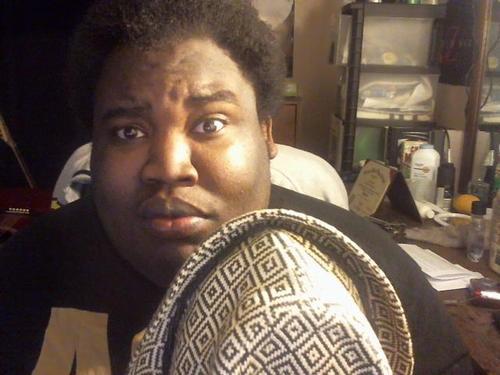
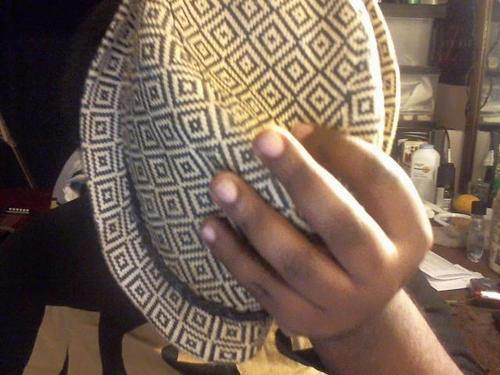
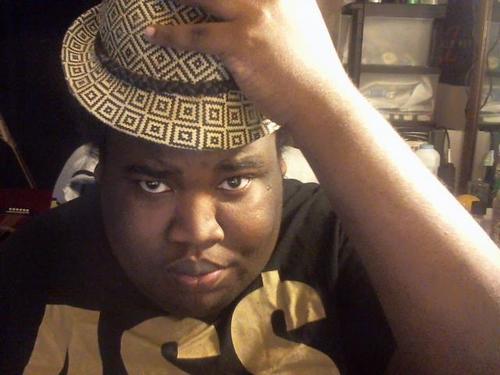


YES YES THEY ARE
3M notes
·
View notes
Text
people without any whimsy scare me. why are you like that. where are your trinkets.
51K notes
·
View notes
Text

Funniest (fantasy) way to find out you're trans I think. Assigned male by ancient prophecy
91K notes
·
View notes
Text
it will pass but like can i at least get an eta
56K notes
·
View notes
Text
PLD:

WAR:

DRK:

GNB:

MNK:

DRG:

NIN:

SAM:

RPR:

VPR:

WHM:

SCH:

AST:

SGE:

BRD:

MCH:

DNC:

BLM:

SMN:

RDM:

PIC:

BLU:

28 notes
·
View notes
Photo


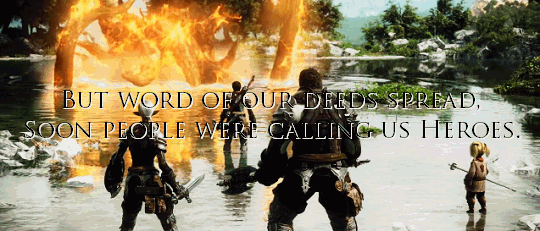
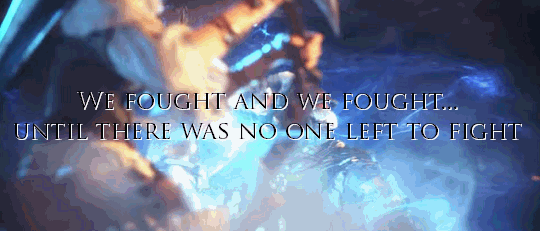
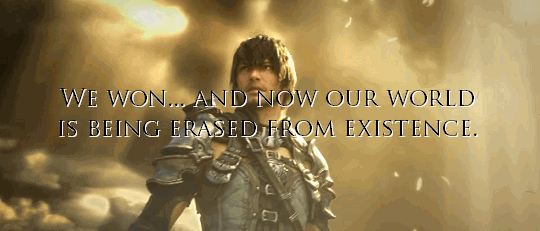
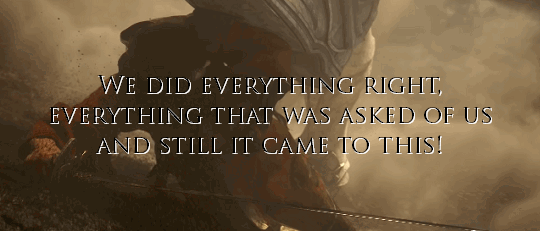

In honor of Shadowbringers, I’ll try to make you have feels with an excerpt from the Warriors of Darkness.
5K notes
·
View notes
Text
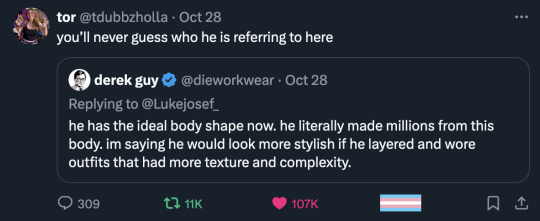
putting this under the cut so you all have the same emotional experience i just did
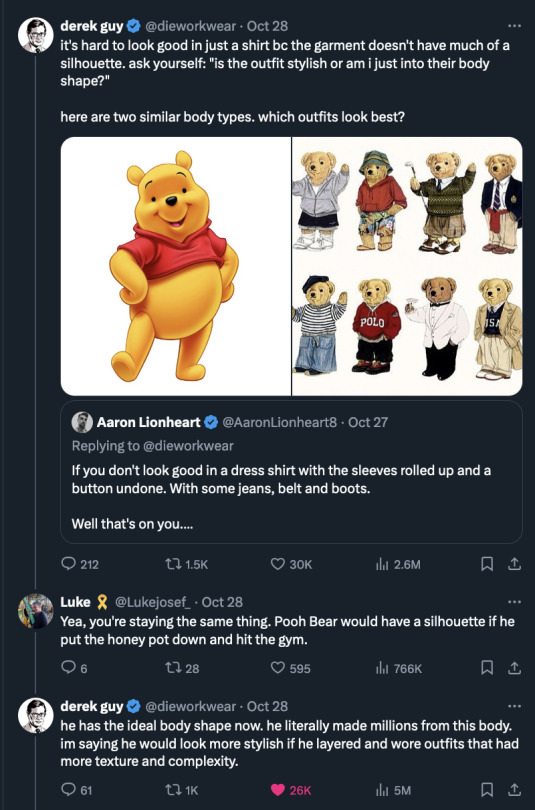
28K notes
·
View notes
Text
“why are you tired? you haven’t done anything all day” the simple fact that i exist drains me. hope this helps
71K notes
·
View notes
Photo

According to the CDC, in 10 percent of those drownings, the adult will actually watch the child do it, having no idea it is happening. Drowning does not look like drowning—Dr. Pia, in an article in the Coast Guard’s On Scene magazine, described the Instinctive Drowning Response like this:
“Except in rare circumstances, drowning people are physiologically unable to call out for help. The respiratory system was designed for breathing. Speech is the secondary or overlaid function. Breathing must be fulfilled before speech occurs.
Drowning people’s mouths alternately sink below and reappear above the surface of the water. The mouths of drowning people are not above the surface of the water long enough for them to exhale, inhale, and call out for help. When the drowning people’s mouths are above the surface, they exhale and inhale quickly as their mouths start to sink below the surface of the water.
Drowning people cannot wave for help. Nature instinctively forces them to extend their arms laterally and press down on the water’s surface. Pressing down on the surface of the water permits drowning people to leverage their bodies so they can lift their mouths out of the water to breathe.
Throughout the Instinctive Drowning Response, drowning people cannot voluntarily control their arm movements. Physiologically, drowning people who are struggling on the surface of the water cannot stop drowning and perform voluntary movements such as waving for help, moving toward a rescuer, or reaching out for a piece of rescue equipment.
From beginning to end of the Instinctive Drowning Response people’s bodies remain upright in the water, with no evidence of a supporting kick. Unless rescued by a trained lifeguard, these drowning people can only struggle on the surface of the water from 20 to 60 seconds before submersion occurs.”
This doesn’t mean that a person that is yelling for help and thrashing isn’t in real trouble—they are experiencing aquatic distress. Not always present before the Instinctive Drowning Response, aquatic distress doesn’t last long—but unlike true drowning, these victims can still assist in their own rescue. They can grab lifelines, throw rings, etc.
Look for these other signs of drowning when persons are in the water:
Head low in the water, mouth at water level
Head tilted back with mouth open
Eyes glassy and empty, unable to focus
Eyes closed
Hair over forehead or eyes
Not using legs—vertical
Hyperventilating or gasping
Trying to swim in a particular direction but not making headway
Trying to roll over on the back
Appear to be climbing an invisible ladder
So if a crew member falls overboard and everything looks OK—don’t be too sure. Sometimes the most common indication that someone is drowning is that they don’t look like they’re drowning. They may just look like they are treading water and looking up at the deck. One way to be sure? Ask them, “Are you all right?” If they can answer at all—they probably are. If they return a blank stare, you may have less than 30 seconds to get to them. And parents—children playing in the water make noise. When they get quiet, you get to them and find out why.
Source/article: [x]
Follow Ultrafacts for more facts!
190K notes
·
View notes
Text
p.s. it's been said a hundred times but apparently always needs to be said again: you're free to think ARR is bad (If You Actually Played It) but omg don't go around presenting it like it's the be-all, end-all, undisputed, unbiased, objective truth.
I'm forever glad I played when it came out and didn't have to deal with that shit because I can't imagine what it's like to be told over and over 'the game starts bad but just keep going'.
If people hadn't absolutely loved ARR we wouldn't be here now.
1K notes
·
View notes
Text
Sokka and Zuko get SO much funnier when you remember this is both of their first times talking to another teenage boy in years. Sokka had all the other boys leave the tribe when he was little and Zuko just hasn’t talked to other teenage boys. They wanna be friends but have absolutely no clue how to talk to other teenagers. I love them so much.
23K notes
·
View notes
Text
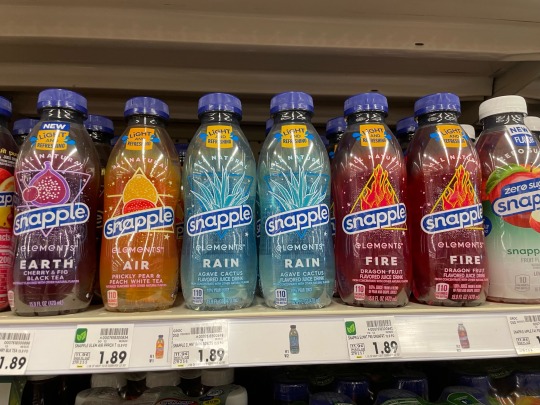
since when did snapple start dabbling in elemental elixirs
53K notes
·
View notes
Text
“My mom painted this and said no one would like it. It’s her 2nd painting.”

“I painted somebody’s mom”
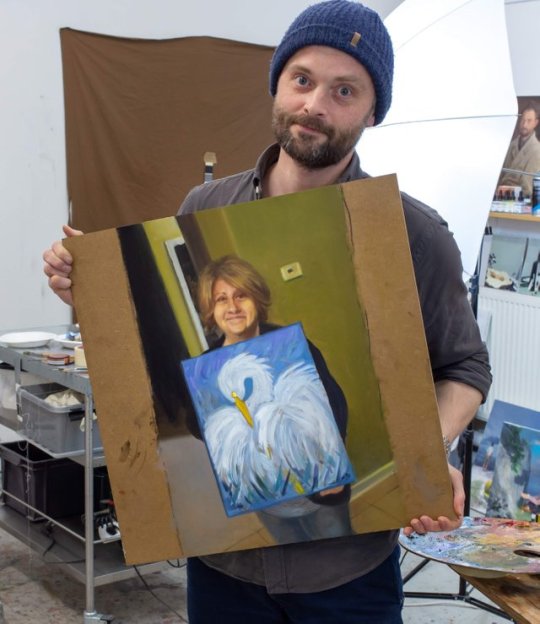
“Took a while and not perfect, but i painted the guy who painted the other guy’s mom”

“I painted the girl who painted the guy who painted the other guy’s mom who painted an egret”
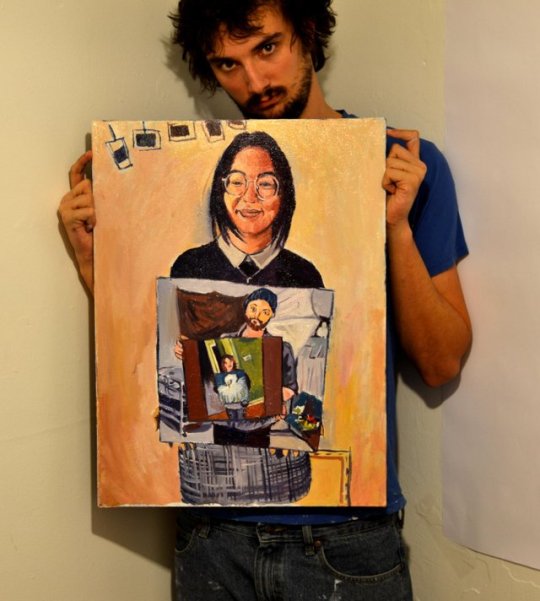
“I painted the guy who painted the girl who painted the guy who painted the mom who painted a bird”

“When it sinks in that I stayed up most of the night to paint a meme for internet points…”
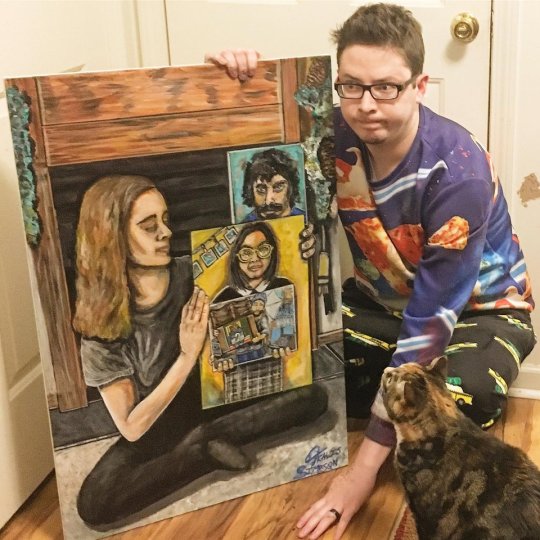
362K notes
·
View notes





